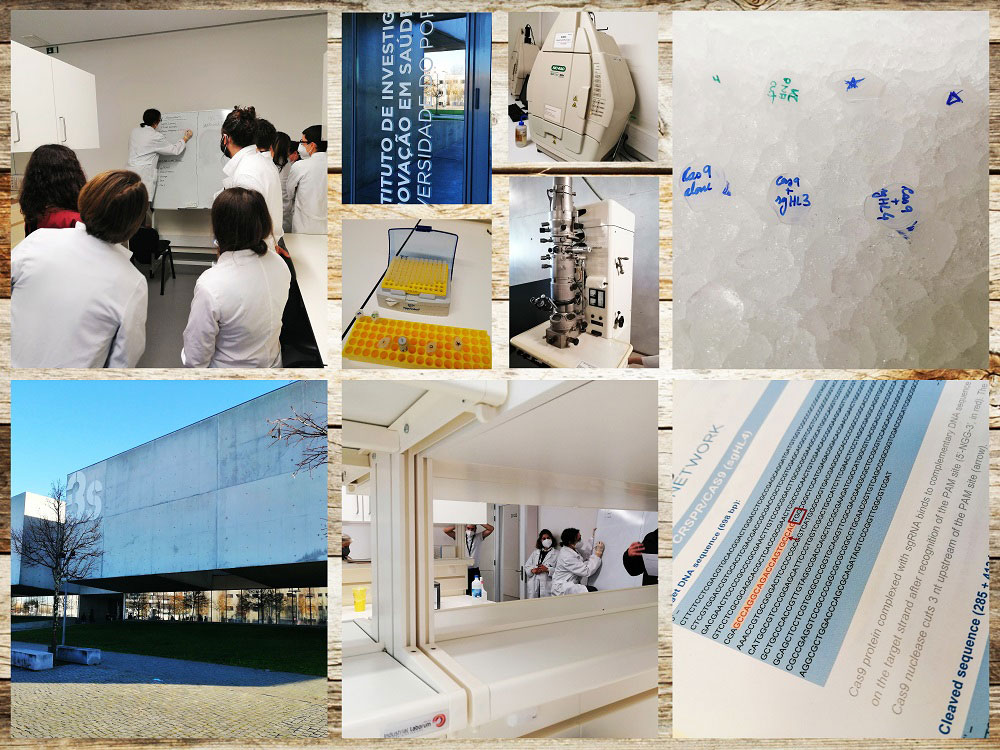
Science communicates: new approaches and education - HybridLab project

Scientists and researchers in the connected world today need more skills than ever to develop creative skills (culture, visual literacy, soft skills in communicating research projects, etc.) and visual communication skills,organization, and information design (data, data visualization, artificial intelligence technologies).
As part of the Alma Mater project HybridLab, from the field of computer skills and applied artificial intelligence, led by assoc. prof. Matej Mertik, PhD, a research group with students from five countries attended a workshop on the development of these skills at the i3S-Institute for Health Research and Innovation in Porto. Researchers in the fields of biotechnology, genetics, computer technology, philosophy and the arts are developing new approaches to communicating science using CRISPR technology and Cas9 in laboratory and in vitro experiments.
CRISPR (clustered regularly interspaced short palindromic repeats) is a family of DNA sequences in the genomes of prokaryotic organisms, such as bacteria. CRISPR originates from DNA fragments of viruses that have infected a particular organism and is used by that organism to detect and destroy DNA-like viruses in subsequent infections. It is a form of antiviral immune system of prokaryotes.
The key part of this system is the enzyme Cas9 (or "CRISPR-associated 9"), which uses CRISPR sequences as a guide to recognize and cleave complementary strands of DNA. Together, they form a technique known as CRISPR-Cas9, which can be used to target and relatively easily modify the genomes of living organisms, including humans.
CRISPR represents such a leap over older techniques, both in simplicity and cost, that the technology has already been hailed as the biggest breakthrough in biology in the few years since its discovery.
